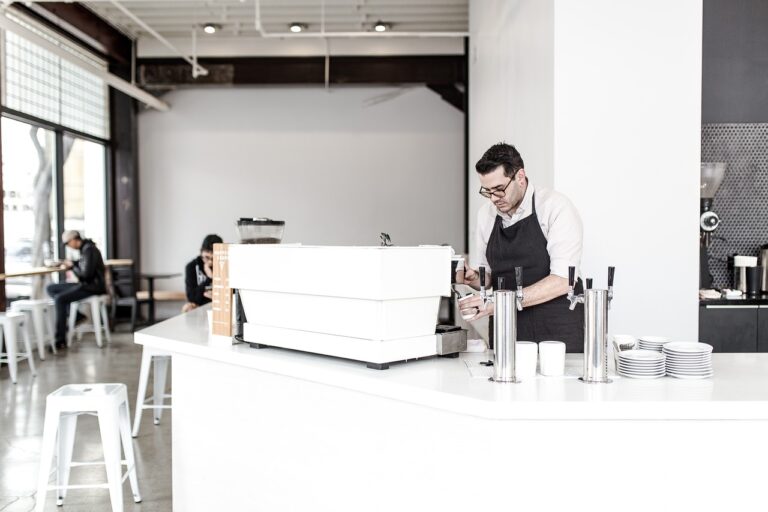The Psychology of Shopping Addiction: Recognizing and Addressing Compulsive Buying
Shopping addiction, also known as compulsive buying disorder, is characterized by an irresistible urge to shop excessively and spend money, often leading to financial troubles and emotional distress. Individuals with this addiction may find temporary relief or gratification through shopping, but it often results in feelings of guilt, regret, or even secrecy about their spending habits. This compulsive behavior can create a cycle of impulsivity and the constant need for more purchases to fulfill a psychological void or to cope with stress and negative emotions.
For some individuals, shopping addiction may stem from underlying psychological issues such as low self-esteem, depression, or anxiety. It can also be triggered by environmental factors like easy access to online shopping platforms, peer influences, or societal pressures to consume and own material possessions. Compulsive buyers may use shopping as a way to escape negative feelings or to seek excitement and validation through acquiring new items. As the addiction progresses, individuals may experience a loss of control over their buying habits and struggle to curb their impulsive urges to shop excessively.
Risk Factors for Developing Compulsive Buying Behavior
Risk factors for developing compulsive buying behavior can vary widely among individuals. Personal characteristics such as low self-esteem, poor impulse control, and difficulty coping with negative emotions are frequently associated with the onset of compulsive shopping habits. Social factors, such as pressure to conform to certain lifestyles or peer influences, can also contribute to the development of compulsive buying behavior.
Furthermore, individuals with a history of mood disorders, anxiety, or substance abuse may be at a higher risk for developing compulsive buying tendencies. The easy accessibility of online shopping platforms and the increasing societal emphasis on material possessions can further exacerbate these risk factors, making it crucial to recognize and address the underlying issues that may contribute to compulsive buying behavior.
What is compulsive buying behavior?
Compulsive buying behavior, also known as shopping addiction, is a condition characterized by an irresistible urge to shop and spend money, often resulting in financial and emotional distress.
What are some common risk factors for developing compulsive buying behavior?
Some common risk factors for developing compulsive buying behavior include a history of mood disorders, such as depression or anxiety, low self-esteem, impulsivity, and a high level of stress.
Can genetics play a role in compulsive buying behavior?
There is evidence to suggest that genetics may play a role in compulsive buying behavior. Studies have shown that individuals with a family history of addiction or compulsive behaviors may be more likely to develop compulsive buying tendencies.
How can someone seek help for compulsive buying behavior?
Seeking help for compulsive buying behavior typically involves therapy, such as cognitive behavioral therapy, to address underlying issues and develop healthier coping mechanisms. Support groups and financial counseling may also be beneficial.





